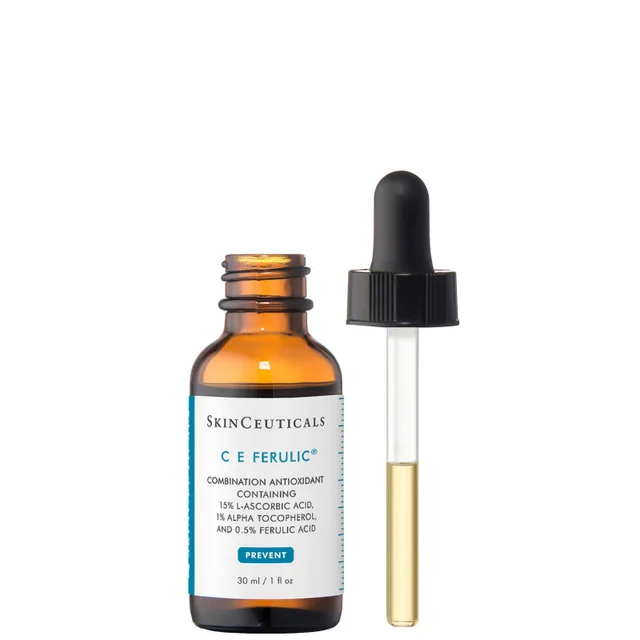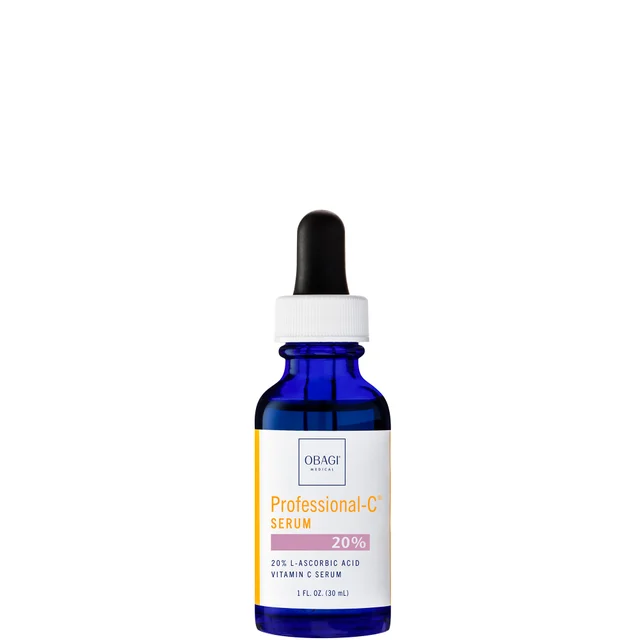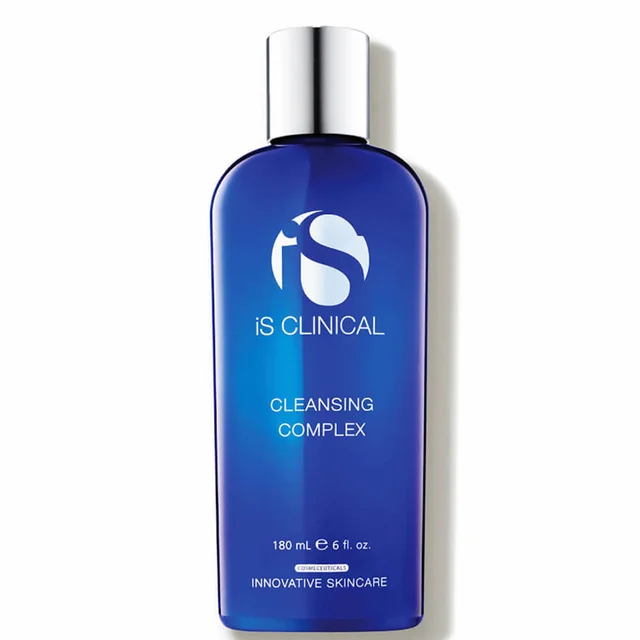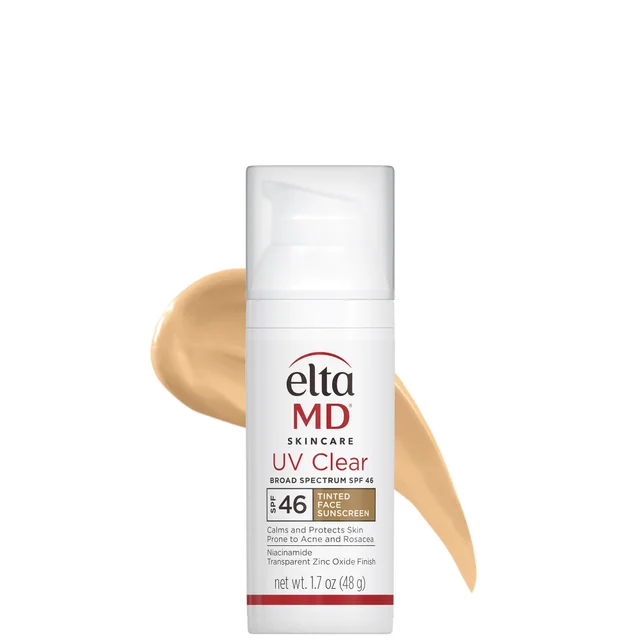What Causes Hyperpigmentation?
Whether you call it uneven skin tone, age spots or melasma, one thing's for sure—hyperpigmentation is a complexion confidence-zapper. Excess melanin can appear on the skin of people of all ages and ethnicities, and there are a multitude of reasons why you might be faced with a less than even skin tone. From sun damage to hormone fluctuations and even injuries to the skin, there are many factors that can cause hyperpigmentation.
Sun Damage
Age spots or sun spots—likely called solar lentigines by your doctor—are a common form of hyperpigmentation, particularly among those of middle age and beyond who may not have taken proper precautions in the sun during their younger years. These spots are caused by sun damage, making them particularly prevalent on the face and hands. Age spots are usually relatively small, although they can reach 2 cm in diameter.
Hormone Changes
It isn't just stretch marks and backaches that can come with pregnancy; hyperpigmentation is sometimes a side effect too—often referred to as "the mask of pregnancy." Large dark spots can appear all over the body, including the face and abdomen. That's because during pregnancy, hormonal changes can kick melanin production into overdrive, resulting in dark patches on the skin. Birth control pills may also cause hyperpigmentation, because they similarly affect hormone levels. Unfortunately, there's no escaping the issue in later life. Women going through menopause can also be affected. Estrogen levels play a role in melanin production. Therefore, when levels drop, it can result in hyperpigmentation appearing on the hands, arms and face—skin that has been exposed to the sun over the years.
Injuries to the Skin
Clearing up severe acne can leave you feeling on top of the world, but unfortunately for many women, the skin may not be quite the same afterward. External skin injuries such as acne scarring, or even some cosmetic skin treatments such as microdermabrasion or laser treatment, can leave dark spots where the skin has healed. These tend to be flat areas of dark color, usually referred to by your doctor as post-inflammatory hyperpigmentation.
Other Dark Spot Causes
Hyperpigmentation is the result of excess melanin—the stuff responsible for your summer tan—but there are other causes of uneven skin tone. Birthmarks and skin cancers can result in dark patches of skin, although they are not forms of acquired hyperpigmentation. Visit your doctor to check any changes in skin color, or changes in the shape or texture of existing dark spots.
This article has been reviewed by board-certified dermatologist Dr. Emmy Graber.

From the latest hair and makeup trends to the best solutions for your skin issues, we've got all your beauty concerns covered!
Related Posts

Interview With the Experts: Julia Wills and Alex Kummerow of Herbivore Botanicals












